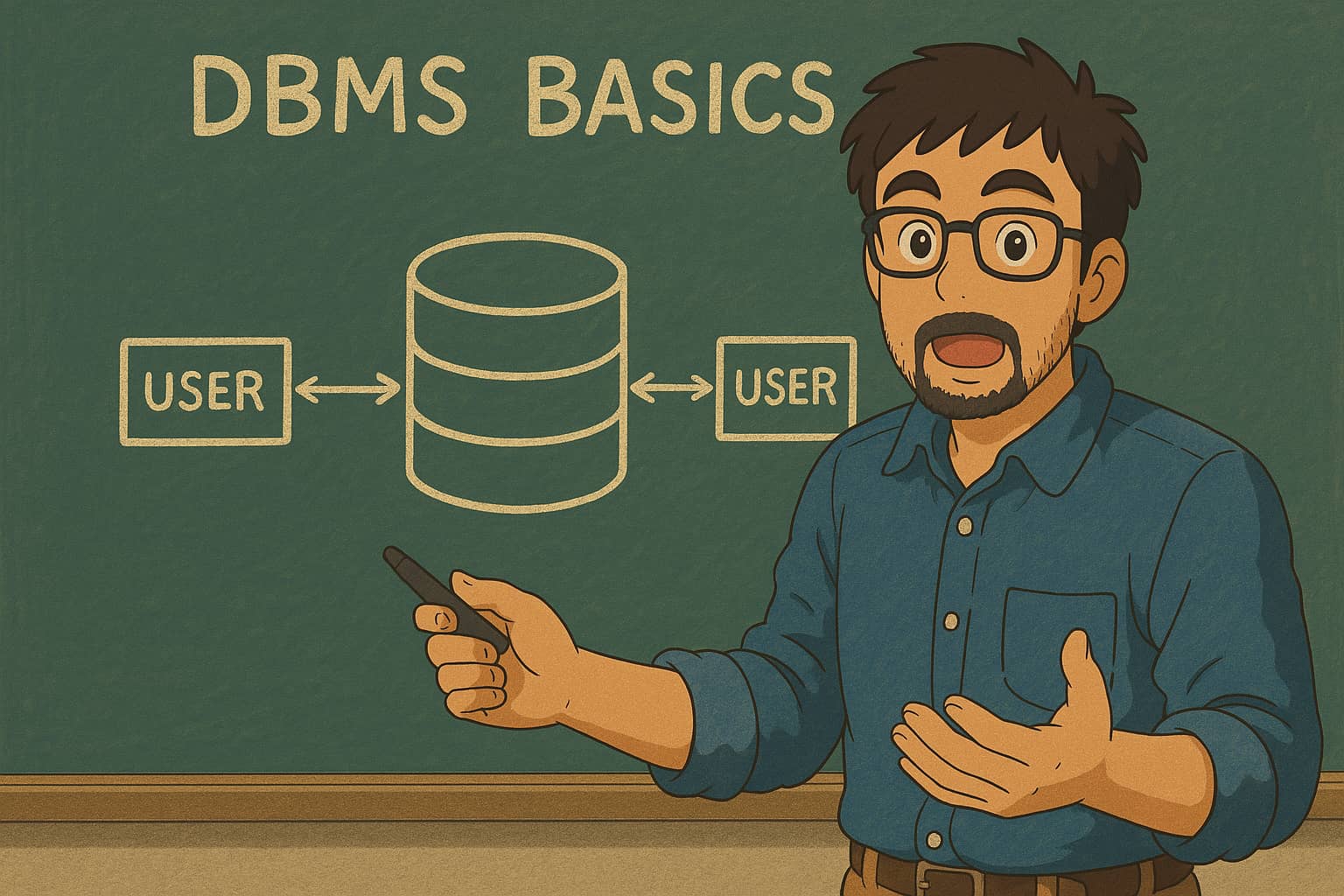Database Management Systems Basics
"A complete guide to DBMS, its types, advantages, and SQL basics."
Abhishek Kumar

Table of contents
What is a DBMS?
A Database Management System (DBMS) is software that allows users to create, retrieve, update, and manage data efficiently. It acts as an interface between the user and the database, ensuring data integrity, security, and consistency.
Why Use a DBMS?
- Data Organization – Helps in structured storage and retrieval of data.
- Concurrency Control – Multiple users can access data simultaneously.
- Data Security – Provides authentication and authorization mechanisms.
- Backup & Recovery – Ensures data safety in case of failures.
Types of DBMS
DBMS can be categorized into the following types:
1. Relational DBMS (RDBMS)
- Uses tables (relations) to store data.
- Examples: MySQL, PostgreSQL, SQL Server, Oracle.
- Data is managed using Structured Query Language (SQL).
2. NoSQL DBMS
- Stores unstructured and semi-structured data.
- Examples: MongoDB, Firebase, Redis, Cassandra.
- Ideal for big data and real-time applications.
3. Hierarchical DBMS
- Organizes data in a tree-like structure.
- Parent-child relationship between records.
- Example: IBM Information Management System (IMS).
4. Network DBMS
- Uses graph-like structures to store data.
- More flexible than hierarchical DBMS.
- Example: Integrated Database Management System (IDMS).
DBMS vs File System
| Feature | DBMS | File System |
|---|---|---|
| Data Redundancy | Minimizes redundancy | High redundancy |
| Data Integrity | Enforced by constraints | No built-in integrity |
| Security | Access control, encryption | Limited security |
| Concurrency | Supports multiple users | No concurrency control |
| Backup | Automated backup & recovery | Manual backup |
SQL Basics
Structured Query Language (SQL) is used to manage and manipulate databases.
Creating a Table
CREATE TABLE students (
id INT PRIMARY KEY,
name VARCHAR(100),
age INT,
email VARCHAR(100) UNIQUE
);
Inserting Data
INSERT INTO students (id, name, age, email)
VALUES (1, 'John Doe', 22, 'john@example.com');
Retrieving Data
SELECT * FROM students WHERE age > 20;
Updating Data
UPDATE students SET age = 23 WHERE id = 1;
Deleting Data
DELETE FROM students WHERE id = 1;
Advantages of DBMS
✅ Efficient data storage and retrieval
✅ Data integrity and security
✅ Reduced data redundancy
✅ Supports multi-user environments
Conclusion
DBMS plays a crucial role in modern applications, ensuring efficient data management, integrity, and security. SQL remains the standard language for relational databases, while NoSQL is gaining popularity for large-scale applications.